Author: Darrion K McNultyUndergrad student, Aerospace Engineering on the Pre-Medical track, Univ of Oklahoma; Project Manager, NASA's L'SPACE Mission Concept Academy; Future Pilot-Physician & Astronaut A review of original article - Building Robots For “Zero Mass” Space Exploration - written by Jacek Krywko (8th Feb 2024), published on the ARS Technica website The idea of exploring space without lugging around tons of gear sounds like something straight out of a sci-fi flick, but guess what? It might just be closer than we think! This article dives into the wild world of "Zero Mass" space exploration, where scientists are ditching the heavy payloads and instead relying on super-intelligent robots and nifty building materials. Think about it: sending stuff into space costs a fortune. Like a serious fortune. But what if we could cut down on all that weight and send up a bunch of self-replicating robots armed with super cool building blocks? That's the dream these NASA and Stanford folks are chasing. They're talking about using materials that can rebuild themselves, which is mind-blowing. It's like something out of a sci-fi novel from way back in the day. And get this - they're not just dreaming about it. They've built a bunch of these little building blocks called "voxels" and tested them out. These things are crazy vital but weigh next to nothing. So you can pack a bunch of them in your backpack and build whatever you need on the fly - like a shelter, a bridge, or even a boat! And here's the kicker - they're not just building stuff on their own. They've got these robots doing all the heavy lifting. These robots are like little construction workers, piecing together structures autonomously. It's like watching a futuristic version of a construction site! But it's not all just for show. They're thinking about using this tech to build towers on the Moon! Yeah, you heard that right. Towers on the freaking Moon! It's all about maximizing sunlight and getting the best communication signals. And with this tech, they reckon they can pull it off.
So, while we might not be hopping on spaceships and jetting off to distant planets just yet, it seems like we're getting closer every day. Who knows, maybe one day we'll all be living in moon towers built by robots. Hey, a guy can dream, right? Author: Dr. Paul ZilbermanMedical Doctor, Anaesthetist, Hadassah Medical Center Jerusalem, Israel
Space is very different, in many aspects. This post does not attempt to address the many changes the human body experiences in space, such as volume modifications in body compartments, fluid shifts, structural configuration in receptor* morphology and, as a consequence, possible variations in pharmacology response, etc. * For the lay reader, a receptor is a special structure on the surface of a cell, for example, that functions as a "receiving point" on which a chemical substance acts in a unique way (like a key – lock mechanism) and a specific reaction is generated (like a muscle contraction) or inhibited (like a cork closing a bottle and blocking the passage of a fluid). These complex structural changes modify many biological reactions, as well as the body’s response to medications. Rather, this post presents some of the technical challenges that an anaesthesiologist may encounter in space. Confined space. On Earth gravity keeps everyone’s feet on the ground. Different pieces of equipment can be repositioned depending on the procedure, machinery can be brought in as needed (XRay scans in orthopaedics, for instance), electric cables can be switched to other convenient wall sockets etc. In a fixed volume space capsule, you don’t have all these possibilities. Everything is measured for maximum volume efficiency. Taking into consideration that anything can and will float if not properly anchored, we can imagine what an “anaesthesia dance” could happen! What equipment? On Earth an anaesthesia workstation is always present in the OR. Depending on its complexity its volume can vary between a medium size fridge to a large double-doored one, just put on its side. You don’t have this amount of deposit in a space cabin, but let’s suppose for one moment that you do - you then need an Anaesthesia Gas Scavenging System (AGSS), which removes the anaesthesia gases that have leaked out or at the end of the procedure. On Earth, these gases are expelled into the atmosphere (there is a lot to talk about this and the greenhouse effects too) and the air currents around any medical facility carry them away. In space you don’t have this. Any gas must be expelled using energy, an active process. Otherwise, the whole cabin will become a big anaesthesia machine with all crew members affected. And, speaking of energy, an anaesthesia workstation is also powered by electricity, which is a limited resource in space, depending on the surface of the solar (or light in general) panels. This energy must be stored and used for other life maintenance systems as well, of which a critical example is the Sabatier reactor that provides oxygen. Regional anaesthesia The simplicity and portability of the necessary equipment makes this type of anesthesia attractive. For peripheral neural blocks all you need is a simple ultrasound machine and dedicated needles. The potential drawbacks are that the technique/s need to be taught on Earth but their “transposition” to space is a bit problematic. If the spinal/epidural anaesthesia is relatively simple to learn, the USG (ultrasound guided) blocks are more challenging. Furthermore, the bodily fluid shift due to the lack of gravity causes many tissues to change their tridimensional appearance, leading to increased difficulty in performing the block.
The cardiovascular responses that accompany spinal/epidural anaesthesia on Earth, in terms of heart rate and blood pressure, are different in space. There may be a lack of reactivity so a certain reduction in blood pressure, for example, might not be compensated. We need to remember that the hostile environment in space, especially radiation, affects not only the human body, but also many sensitive electronic components of medical equipment, leading to possible dysfunction. Monitors can potentially de-calibrate and all the information you receive may become inaccurate. Fluids Preparing and administering a fluid on Earth is routine, however, the lack of gravitation in space poses other challenges: air and fluids do not mix. It is called “lack of buoyancy”. Unless we use special equipment to separate fluids from air nothing can be delivered to the patient. This statement is true also for the anaesthesia vaporiser (a special closed recipient that contains the anaesthesia substance); not only can you not simply fill it the way it would be done on Earth, but even if you could, the anaesthesia liquid that becomes vapour cannot separate from the fluid from which it originates. It just cannot exit the vaporiser. Below is a small example of how liquids behave in space and what happens when a liquid exits a recipient: The same is true for another type of anaesthesia, called TIVA = Total Intra Venous Anaesthesia. This technique uses a dedicated syringe pump that pushes different anaesthesia substances through an intra venous line. It’s a useful technique both in terms of volume and energy expenditure, but again we face the same problems: how to fill the syringe without air bubbles and how to protect the electronics of the syringe pump (in fact a computer in all respects) from the deleterious influences of space radiation!
As you can see, space medicine is a very important topic and many people dream of its future use. Yet, we still have a long way to go! With the advent of intermediary space “stops” and the continuous development of new technologies, every challenge will be solved, sooner or later. Tiyoko HashimotoInstrutora de mergulho livre, mergulho autônomo e mergulhadora em formação no mergulho profissional raso LinkedIn Profile O mergulho faz parte de uma série de habilidades para quem busca a carreira astronáutica. Por quê? A água é cerca de 800 vezes mais densa que o ar, o que dificulta a movimentação subaquática, exigindo além de mais esforço, uma movimentação mais lenta para evitar fadiga que pode levar mergulhadores inexperientes a até abortar o mergulho. Além disso, a flutuabilidade neutra, ou seja, a capacidade de "boiar" na água permite que o praticante tenha a sensação semelhante à da microgravidade. Para fazer uso da flutuabilidade neutra como treinamento, as agências espaciais têm usado, ao longo dos anos, laboratórios subaquáticos como o NBL (Neutral Buoyancy Laboratory), localizado em Houston, no Texas, Estados Unidos e que faz parte do complexo da NASA. Segundo a NASA, possui 61,21 metros de comprimento, 30,90 de largura e 12,12 metros de profundidade e permite treinamentos como caminhadas espaciais, comunicação e segurança, além de permitir testes com equipamentos de vídeo e trajes espaciais. Na ESA (Agência Espacial Europeia), em Colônia, Alemanha, os astronautas são certificados no nível de mergulhadores de resgate. Esse conhecimento, segundo a ESA, permite melhor desempenho dos astronautas nas caminhadas espaciais e permite que previnam problemas e saibam lidar com emergências de modo adequado.
De acordo com a NASA, os astronautas utilizam nitrox (mistura de nitrogênio com uma porcentagem maior de oxigênio, também conhecido como ar enriquecido no mergulho) durante as sessões de treinamento no NBL. No mergulho dependente saturado não há perda de ar, nem se solta bolhas, como ocorre no mergulho recreativo. Todo o material exalado durante um mergulho saturado, que pode ir até 320 metros de profundidade, é recaptado, reciclado, para depois ser usado novamente na respiração. Isso ocorre porque o gás em questão, além do oxigênio, é o hélio, que tem um custo bastante elevado. In this week that saw the world celebrate International Women's Day, the InnovaSpace team welcome news about the work of Dr Lucia Hartmann & Jasmin Mittag, with a new concept for the shape of future space travel and a desire to promote equality - an ethos we fully support! The "Vulva Spaceship"
The first spacecraft in a V-shape is not only a symbol for more diversity in space, but also state-of-the-art and thus more sustainable. The “Vulva Spaceship” designed by “WBF Aeronautics” represents inclusivity, varying from the traditional shapes. Thus, the project adds another dimension to the representation of humanity in space and is communicating to the world that anyone has a place in the universe, regardless of physical characteristics. Dr. Lucia Hartmann, Head of “WBF Aeronautics” and inventor of the “Vulva Spaceship” reports from her research: “The spaceship’s shape is surprisingly aerodynamic, creating way less drag when the vehicle punches through the Earth’s atmosphere. Due to this optimized V-shape, it guarantees maximum fuel efficiency with an exterior made of reinforced carbon which enables it to withstand the most extreme temperatures.” “WBF Aeronautics” wants to inspire space travel to be open to modern forms and to realise equal opportunities across the universe. The Project "WBF Aeronautics"
“WBF Aeronautics” is a collaboration between Dr. Lucia Hartmann and her team and “Wer braucht Feminismus?” (WBF). Dr. Lucia Hartmann started her research work about spaceships and discovered that a spaceship varying from traditional shapes, would be more aerodynamic and create less drag, thus being more sustainable. She reached out to us for the purpose of a collaboration and for us to do the media work as there is much more to it than just the scientific aspect. On the one hand, the topic is sensitive, but on the other hand, it also holds great opportunities. The symbol of a Spaceship in a V-shape represents more diversity in space. The project adds another dimension to the representation of humanity in space. We believe that equality even has a place in space. It’s time for new symbols in the universe. This blog is promoted and supported by the:
Author: Elias de Andrade Jr.Director, Institute of Space Commerce, Austin, Texas, USA The Peoples Republic of China (PRC) is scheduled to complete its first space station in the next two years. With its Tiangong, Chinese Space Station (CSS), China has also raised many questions on how its capabilities are comparable and competitive with the International Space Station (ISS) also due to be decommissioned by 2024. The space race is on, and the CSS is a landmark of independent human flight capability that is just the beginning for China. 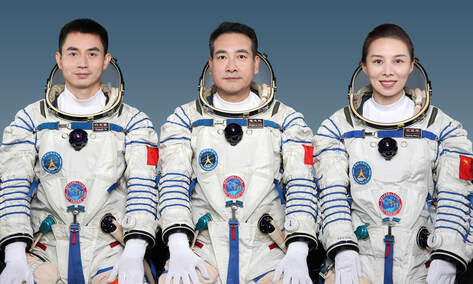 Photo:CMSA Photo:CMSA In the past ten years of research and development of space technology, China has enjoyed various opportunities to be a superpower in outer space. Steady economic growth rate and increase of its GPD enabling government funding are some of them. It has also developed its own national space technology with spacecraft launching capabilities, and its space activities are in accordance with the current international legal framework. On October 16, 2021, three Chinese Astronauts in the Shenzhou mission entered the Tiangong for a six month stay, its longest mission in history. China has launched 12 spacecraft, plus the Tiangong 1, and the Tiangong 2 Space Laboratory. The country has trained and sent 11 astronauts to outer space 14 times and returned them safely to Earth. The design life expectancy of the 5-module station is 10 years with possibility of extension. Prof. Dr. K. Ganapathy M Ch (Neurosurgery) FACS FICS FAMS Ph.DDirector, Apollo Telemedicine Networking Foundation; Director, Apollo Tele Health Services; Past President, Telemedicine Society of India; Past President, Indian Society for Stereotactic & Functional Neurosurgery; Former Secretary and Past President Neurological Society of India; Emeritus Professor Tamilnadu Dr MGR Medical University; Formerly Adjunct Professor IIT Madras & Anna University Madras www.kganapathy.com This story was written by Prof. Ganapathy when a student (Std. IX – B) in 1964 in India  It was on the 2nd of January 2064 A.D. that my father, an official of the Interplanetary Police Service got his transfer orders posting him from the Moon to Earth. I was not quite pleased about this for having been born and bred on the Moon, I did not want to go to an inferior planet. And then, I had to continue my education on Earth of all the places. As we had been asked to proceed to Earth at once, we went in our private rocket. We reached Earth in about an hour. I was then reminded that about one hundred years ago, the Americans had landed their first rocket on the Moon, and the journey then had taken three and a half days. What a colossal waste of time in those days! My father’s headquarters on Earth was at a place called Mathiras. Our first problem in Mathiras was to get me a seat in one of the interplanetary schools. We found that Santa Badena which a hundred years ago was known as St. Bede’s, was one of the best schools. My father therefore conveyed a telepathic message to the Head of the institution. He replied that getting admission into St. Badena was one of the most difficult jobs, and this had been so for over a hundred years. 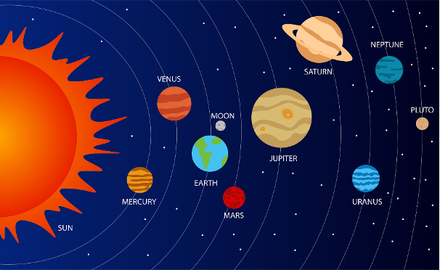 It was at that time, i.e. 100 years ago, he went on to say, that the then St. Bede’s had hit the headlines when in the glorious period of two short months they had won the inter-school Hockey Cups, the Senior Championship Cup for Athletics, lost the Junior Cricket Championship, and broken four long-standing records in Athletics. I at once made up my mind to get admission to St. Badena, for there was no other school in Mathiras with a honorary tradition like hers. I was asked to sit for an entrance examination test along with other applicants from Venus, Mars and Jupiter. The next day I landed at the school cosmodrome in my own rocket. I felt a bit strange in this place, for the Earth you know is not as modernised as the Moon. I was then conducted by an unsmiling robot towards a glass dome, which had many gadgets. Later, when I became a pupil of St. Badena, I discovered to my surprise while pursuing some old records and photographs, that robot bore a very striking resemblance to one of the school peons, who way back in 1964 had ushered all new-comers to the Principal’s office. 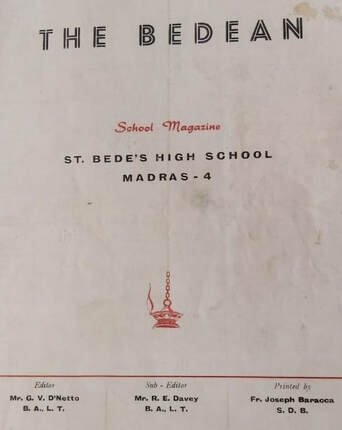 Very soon, the entrance examination was under way. An unseen hand pushed a button. My body began to quiver and a telepathic question was asked. I replied that A2 – B 2 = (A+B) (A–B). Another button was pushed and I found myself getting the same sensation that I felt some few seconds ago. I said that now the sea was 3 miles away, but a hundred years ago, it was 300 yards away. The unseen hand pushed a third button and some pieces of metal fell down. A bizarre voice said that this was the final question. I had to make a replica of a robot. I found myself dripping with perspiration as I underwent this practical test. But my efforts were successful. A few more buttons were pressed, and then I heard a whirring sound. It was the electronic computer at work assessing my work. A few seconds later an announcement came over the TV saying that I had passed the test. My father congratulated me on being one of the two successful candidates from the Moon. From that day onwards I used to go to school daily in my own rocket, which travelled at a safe speed of only 10,000 miles per hour…. my father’s was a much more powerful one, and he said that it would not be safe for me to travel in his much faster rocket. At St. Badena, we were taught by machines and the pictures appeared on the TV. During the intervals, my friends and I (some were Martians and some were Venusians) used to go to the school museum. There we saw photographs and other relics over a hundred years old. We were quite amused at the appearance and the dresses of the teachers and the pupils of those years. An old school magazine called “The Bedean” attracted my attention. It was dated November 1964. How funny the photographs and articles in the mag appeared. The fellows that must have been living in the pre-historic age, I thought. Suddenly, I woke up and faced the cold reality that after all I was still only in 1964. And there is but little hope that I will live to see this dream realised. Notes from the Author - Oct 21st, 2020 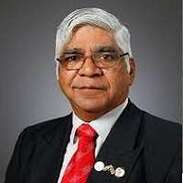 Prof. Dr. K Ganapathy Prof. Dr. K Ganapathy It all started with my searching for my school magazine to show my brother-in-law’s 13-year-old grandson articles I had written 60 years ago to encourage him. Among the articles was one I had written in 1964 about a visit to the Earth from the Moon. Reading the last sentence, “there is little hope that I will live to see this dream realised”, I am now optimistic that in my lifetime I will see the commencement of colonisation on the Moon (considering that my grandparents (all four) lived to their mid-eighties, when the average life expectancy was 52 and my parents to their eighties and nineties when the life expectancy was 58, I have good telomeres in my genes! ). In the sixties in India all bright students were expected to become doctors or engineers. When I was in XIth grade my elder brother passed away in a road traffic accident and at that minute I decided to become a doctor. When I was in the 4th year in the medical college, my eldest brother also met with a fatal accident. This resulted in my becoming a Neurosurgeon. It appears that my fascination for the Moon has been lying dormant. I would show my first grandchild the Moon from the terrace of our house and I literally brainwashed him, repeating ad nauseum, that he should plan to visit the Moon. He is in the XIth grade now and is planning to study transportation and design engineering along with astrophysics to design transportation on the Moon!! 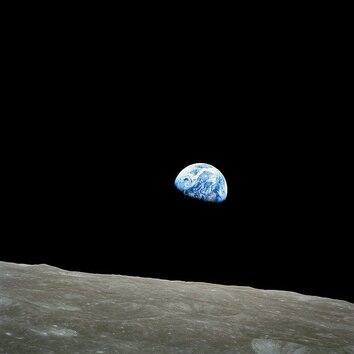 When NASA and Nokia announced plans to set up mobile towers on the lunar surface to facilitate communication within the Moon and to Earth, I was reminded of my first encounter with the telephone. It was 1958. My father was a senior Government of India officer working in Vijaywada a Tier I small city in South India. We were one of the “privileged elite” to have a telephone at home. The waiting time to get a telephone connection then was 2 years. On lifting the receiver, the operator would ask for the number (a 4-digit number). Trunk calls to other cities had to be booked and would materialise in about 8-10 hours. My father was empowered to book “lightning” calls to Delhi, which would materialise within 30 minutes. Very few could do this. My father had to talk so loudly I would wonder why an instrument was required! And 50% discount was given after 8pm. Today my youngest grandchild gets annoyed when his video call drops for 1-2 seconds once in a month!!! I deem it a privilege to belong to the “Baby Boomer” generation to have lived in the second half of the 20th century and in the first three decades of the 21st century to see humankind evolve. Belonging to the BC (Before Computers not before Corona!) Era, I firmly believe that technology is a means to an end and not the end by itself. Yes, it is wonderful to learn from my grandchildren the intricacies of the iPhone 12, but believe me, the millennials and Gen Z have no idea of what they have missed. Thanks to my meeting Prof Thais Russomano in Rio several years ago my interest in Space has been rekindled. The article I wrote 56 years ago shows that the interest has always been lying dormant!! Thank you InnovaSpace for resurrecting this contribution made in 1964. Vladimir PletserDirector of Space Training Operations, Blue Abyss; European Space Agency (Retd); Chinese Academy of Sciences (Retd); InnovaSpace Advisory Board Member Congratulations to Editor Vladimir Pletser and all the authors who contributed to this interesting open-access book entitled Preparations of Space Experiments, which was published this week. Spend a few minutes watching Vladimir as he summarises the contents of each chapter, written by world-leading researchers who have designed and prepared science experiments on microgravity platforms, including aircraft parabolic flights, in preparation for subsequent spaceflight. Author: Mary UpritchardInnovaSpace Co-Founder and Admin Director 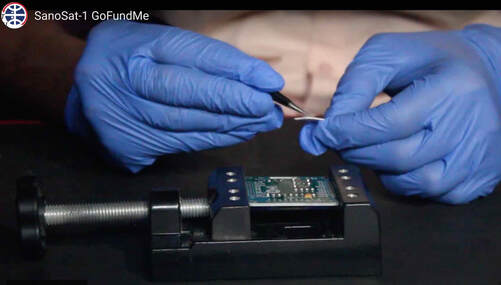 With our tagline of Space Without Borders, we at InnovaSpace love to hear about space initiatives happening in countries where space activity is less expected, so we were delighted to hear from colleagues in Nepal about the construction of the first fully Nepal-made pico-satellite. The satellite in question, called SanoSat-1 (sano means small in Nepalese), is the work of an enthusiastic group of students, engineers, and amateur radio operators from the country, who have been working since 2017 on the design and construction of this tiny pico-satellite, weighing just 250 grams and measuring 5x5x5 cubic centimetres. Take a look at the video below to see what they have been creating. The team will launch the pico-satellite into space in December 2020, onboard a SpaceX Falcon 9 rocket, and are currently fund raising to cover the launch costs. Check out their GoFundMe page and contribute a little if you can to help Nepal take another step along the path to being a space faring nation! #SpaceWithoutBorders
|
Welcometo the InnovaSpace Knowledge Station Categories
All
|
UK Office: 88 Tideslea Path, London, SE280LZ
Privacy Policy I Terms & Conditions
© 2024 InnovaSpace, All Rights Reserved
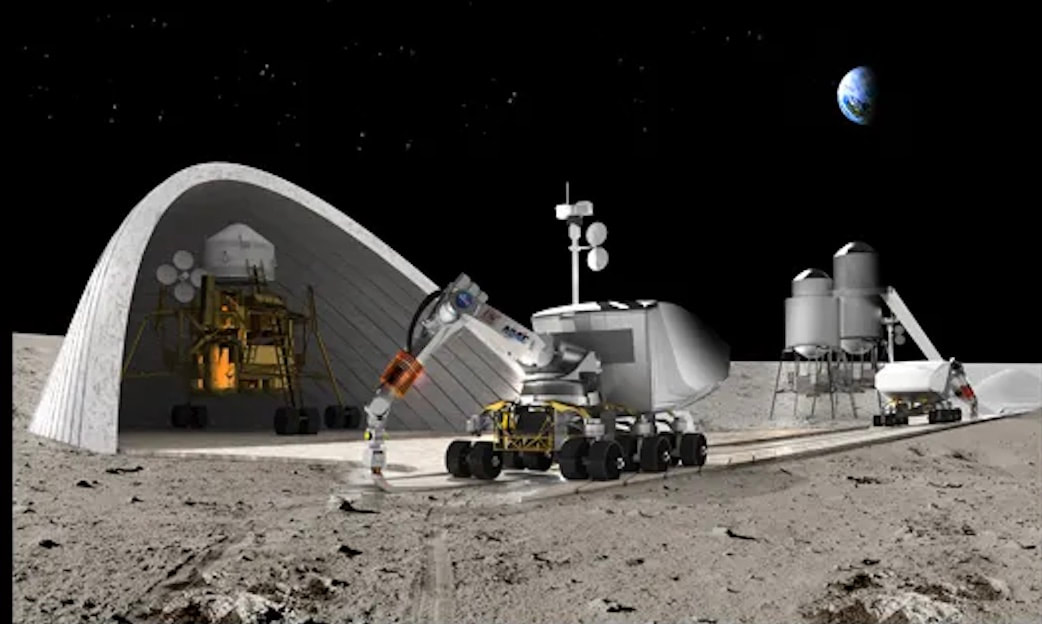
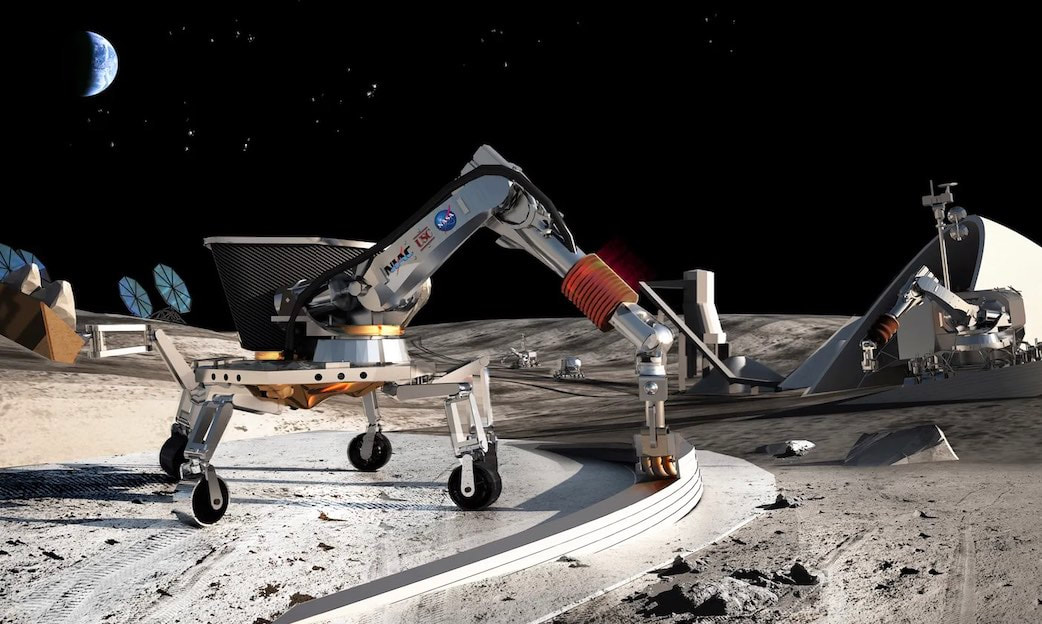
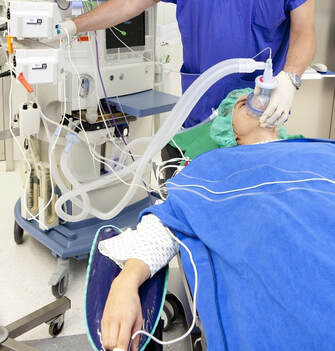
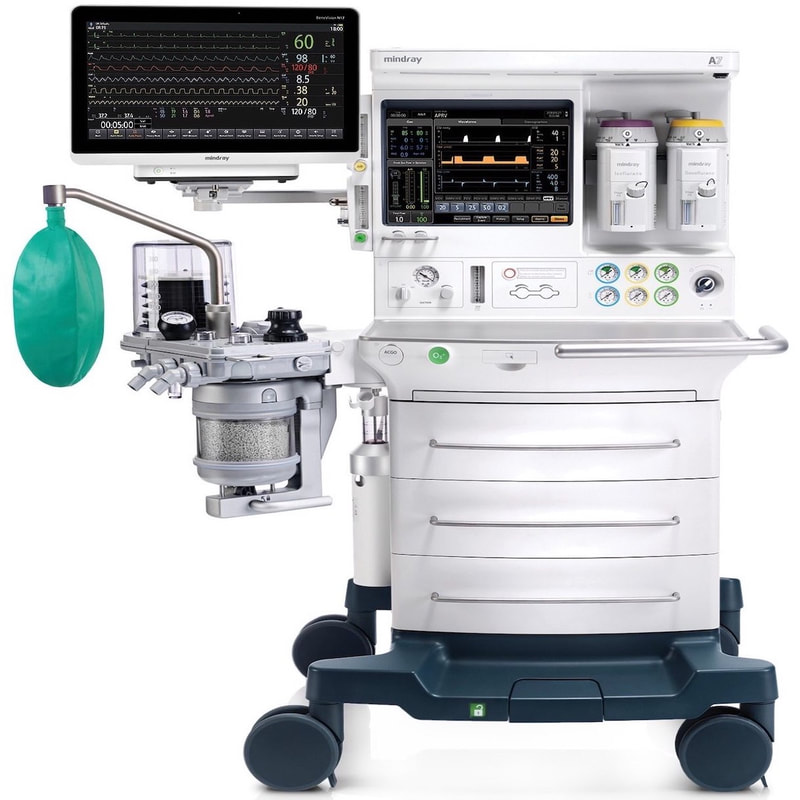
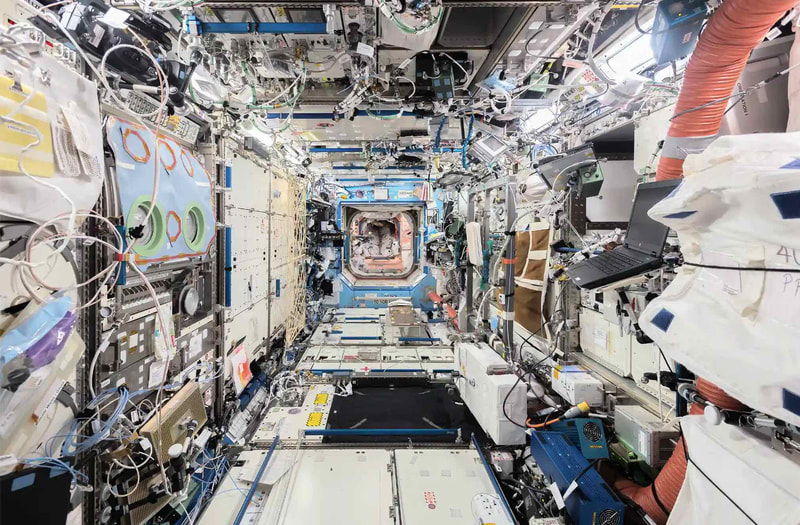
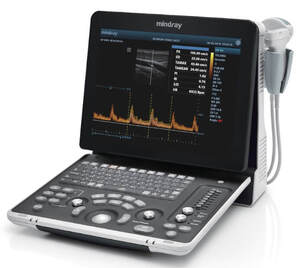
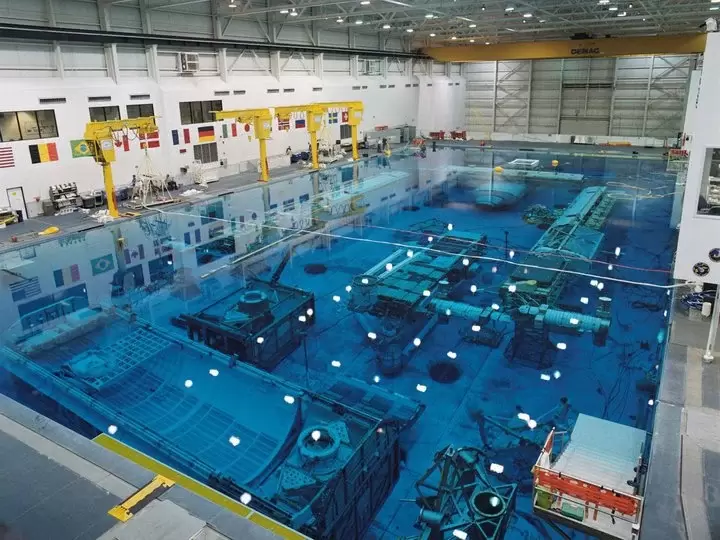
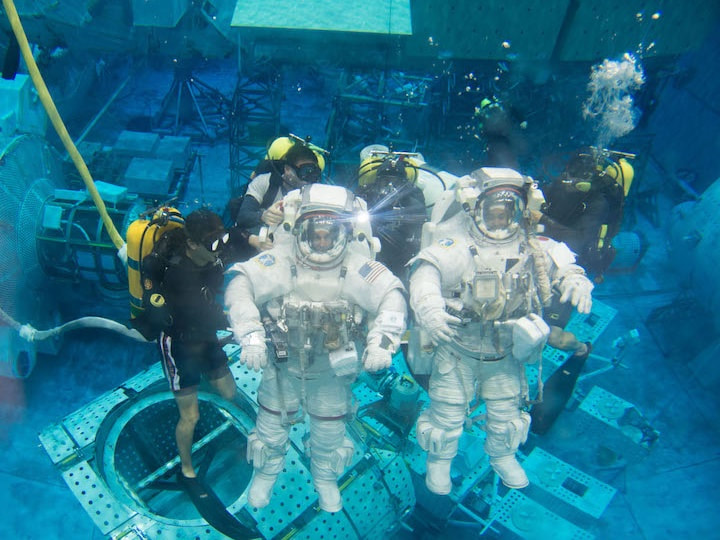
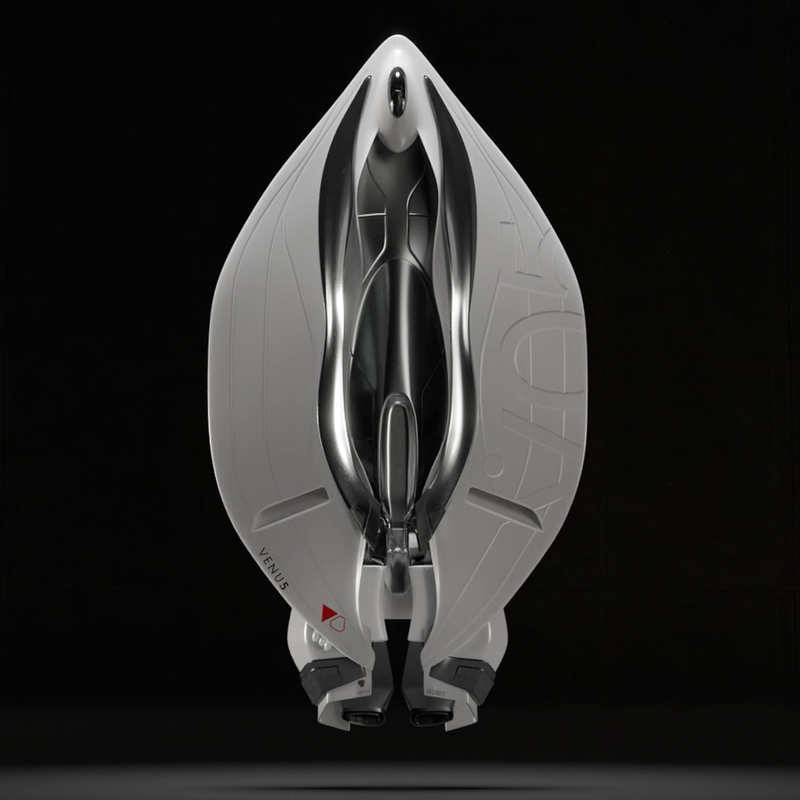
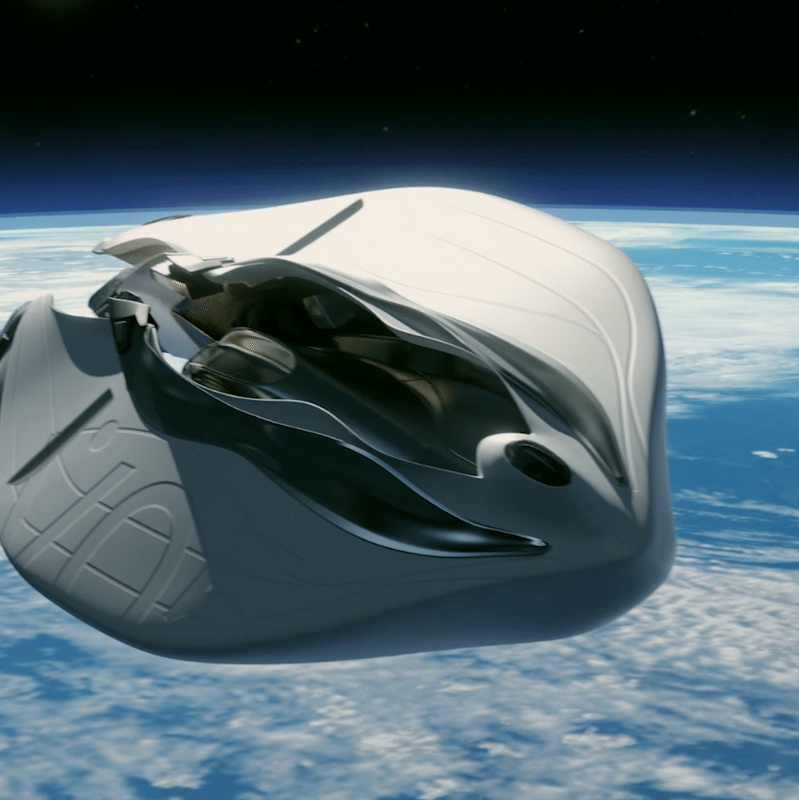


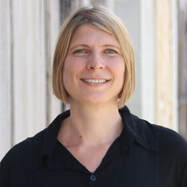

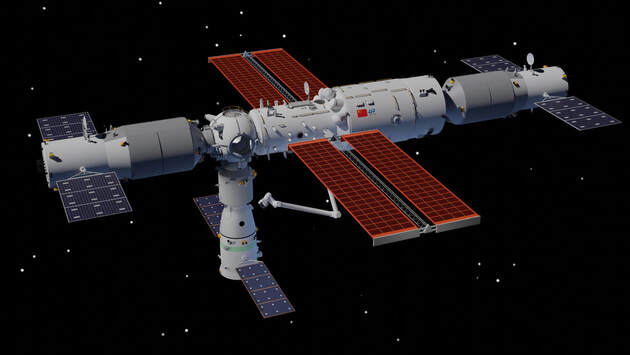
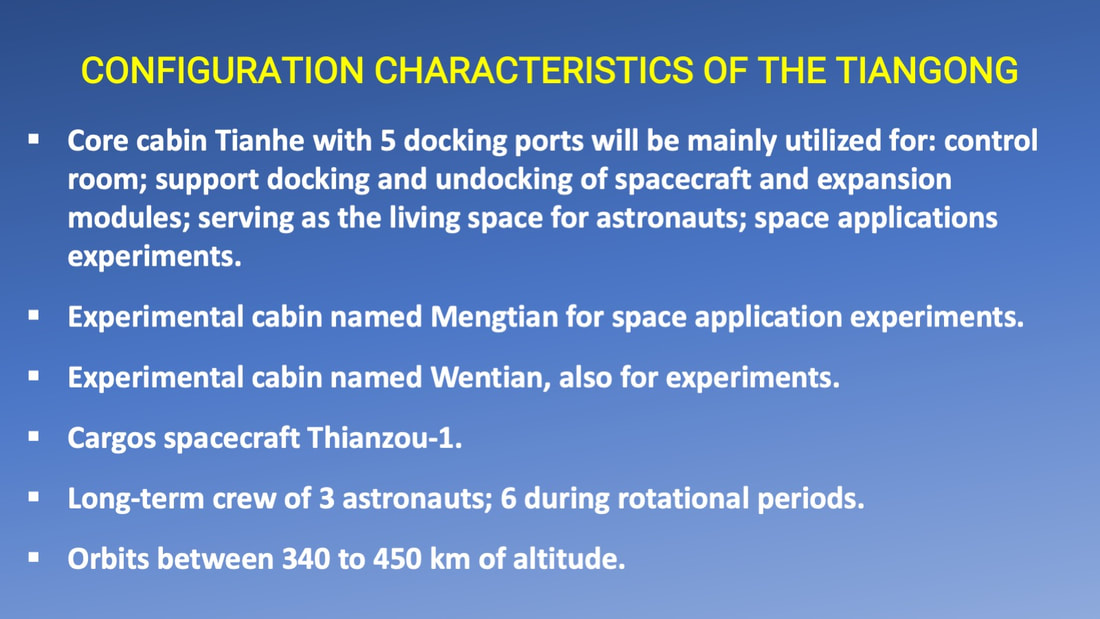

 RSS Feed
RSS Feed